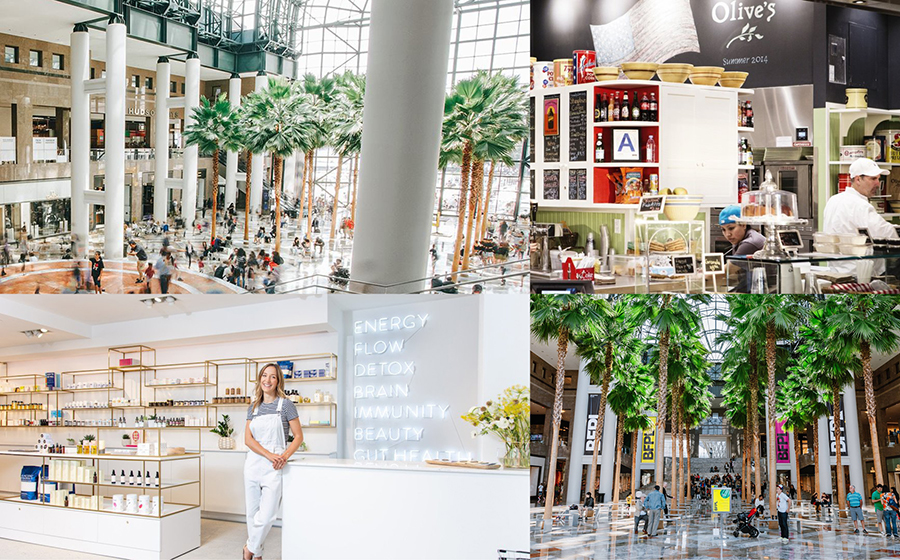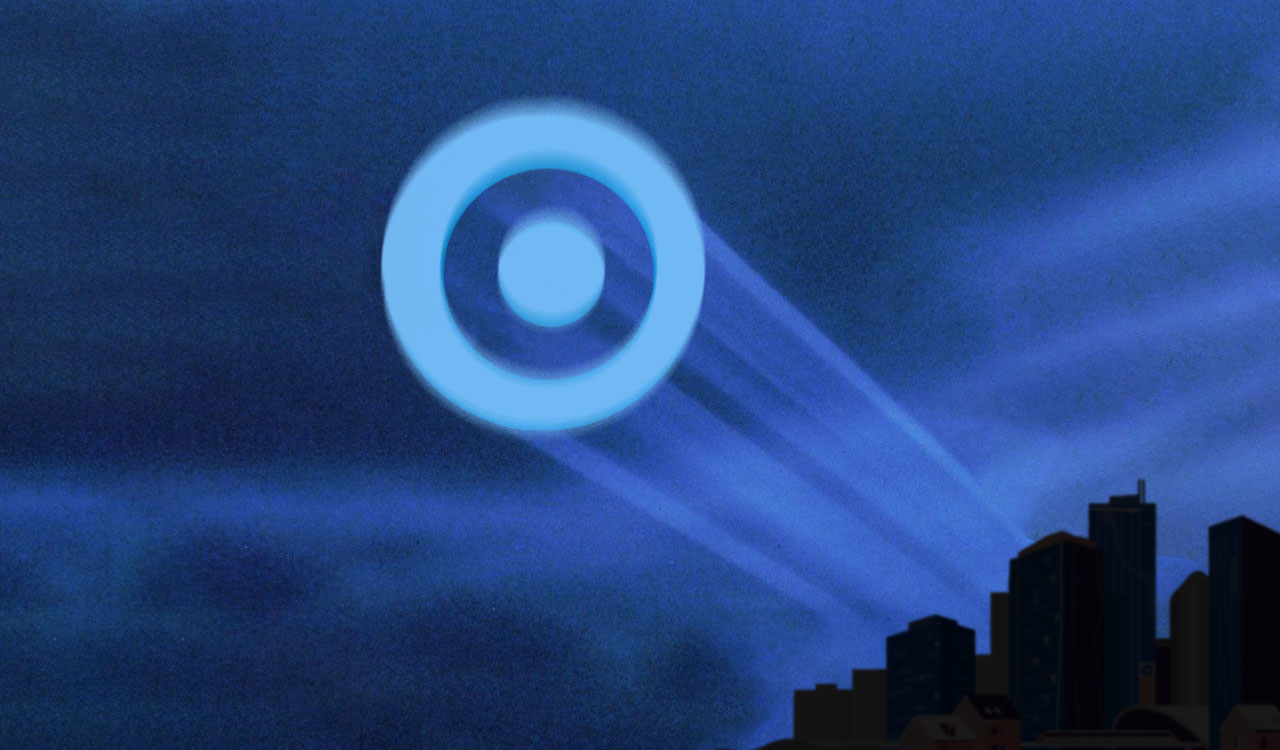It\’s hard to sit on the sidelines and read the dialogue about Hudson Yards and the recent Wall Street Journal story about declining traffic to the American Mall. I am delighted that the prescriptive solution of \”adding to the experience\” is finally getting debunked. Pixie Dust is not going to solve the problems of your local American shopping mall. Outside of the USA, the mall is doing just fine. Mostly because no one thinks MALL, they think ALL.
Convenience remains the driving force in modern consumption. Most of the world is more time poor than money poor. While the face of the world of consumption is changing, the body of the monster is intact. We eat, drink, clothe our children, enjoy vacations and recreate regularly. Our problem is that our shopping institutions are not evolving as fast as we are.
Mall Models
The American mall has never been a complete solution. No supermarket, no drug store, no locksmith, no doctor\’s offices, no gym, no daycare center, no library, no schools or public offices, no churches, and no housing, offices, much less hotels or god forbid, public transportation access. Shopping needs to connect with working and living.
Go to Japan, Sweden, Brazil and the All Mall is thriving. At Tokyo Midtown in Roppongi, the rents for housing and office space above the mall are higher because the convenience of a high-end supermarket on the bottom floor. Think about the Time Warner Center in New York City where a resident can shop Whole Foods in their bedroom slippers if they want to. For empty nesters migrating to New York City from their former family homes in Westchester, their choice of housing is strongly influenced by convenience of key services. How many snowbirds leave their New England or Midwestern homes in search of an easier life, and wake up one morning in the steamy heat of a south Florida summer missing their children, friends and familiar institutions. They might happily move back to their home towns – if they had an easy place to live. No snow to shovel, a covered garage, an easy supermarket to walk to, and a least a few services. That sunny apartment over the mall close to their old home might be the perfect solution. Florida is great four months a year, but the rest of the time we\’d rather be in Michigan.
Convenience Transcends Location
The mall\’s reinvention isn\’t just about housing. At Brookfield Place in Battery Park City, the office leasing brokers are talking about how the presence of a good mall, a great food court, movie theaters, a very elegant grocery store and easy access to both the subway and PATH affects the happiness of workers and thus the prosperity of tenant companies. Good for them. Leasing is a getting to a more creative place. Someone\’s willingness to, and happiness about putting in long hours is about the convenience of easily getting to and from work – but also what they can do along the way. If you work in Battery Park City, much less live there, putting in long hours is just easier surrounded by all the services and luxuries you could dream of.
Shopping Tourism
Tourism and shopping are 21st-century partners. Again, it is easy to point to off-shore examples of places that do it well. Look at Hudson Yards through Parisian eyes and ask some simple questions through the lens of the off-shore visitor. If English is not your primary language can you read the directional signage? At the restaurants, can you ask for the menu in Spanish, Portuguese, or Chinese? Are personal shopping services for tourists offered, or delivery available to the surrounding hotels? Is the mall showcased in the travel guides? What are the visiting children doing or being offered by the mall?? The answer to most of those questions is no. Shame on us.
Icarus Rising
American shopping companies are facing some very real and tough decisions. The transformation of aging property into a new ALL MALL takes time and money. Look at the surrounding landscape of crumbling parking asphalt and envision instead covered parking, high rise office and residential towers and interconnected, integrated big box stores. The time frame of planning, disruptive construction and repositioning is a minimum of three years. In an industry under pressure to deliver quarterly results to Wall Street and shareholders – that three years is a daunting transformation with the expenditure of piles of money and no guaranteed success on the other side. But it is the pathway to survival.
We need a better mix of public and private money, and that takes a level of sophistication and vision. For us in New York City, the shift in gravity from the Upper East Side to the Lower West Side started with Battery Park City. Amanda Burden, former Director of Urban Planning, William Whyte and others in the enlightened NYC planning community pulled off Battery Park City over a 20-year period. How come the world is so happy there, and not so pleased with what is happening a little farther upriver? In the latter case, form follows no function.




